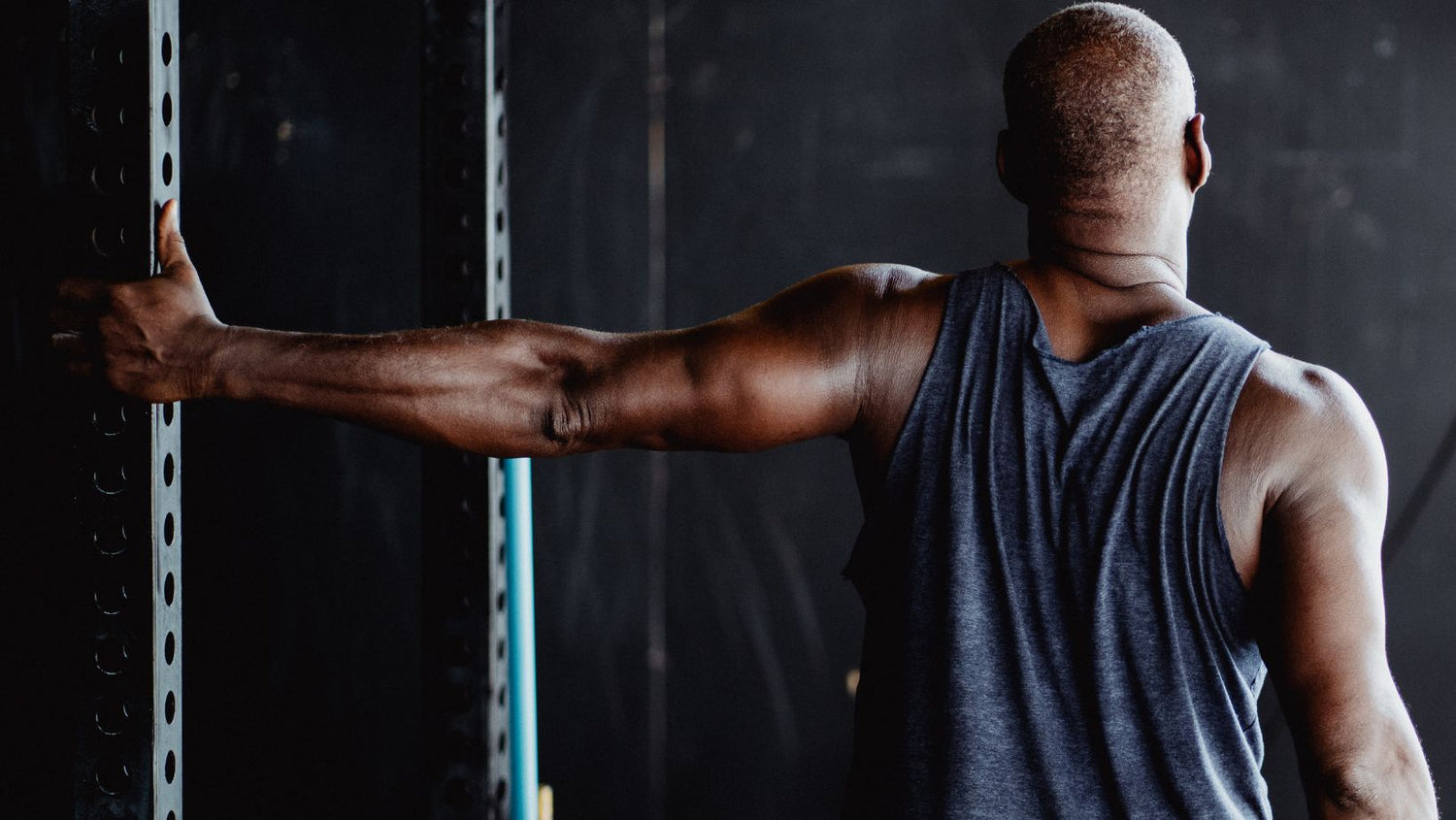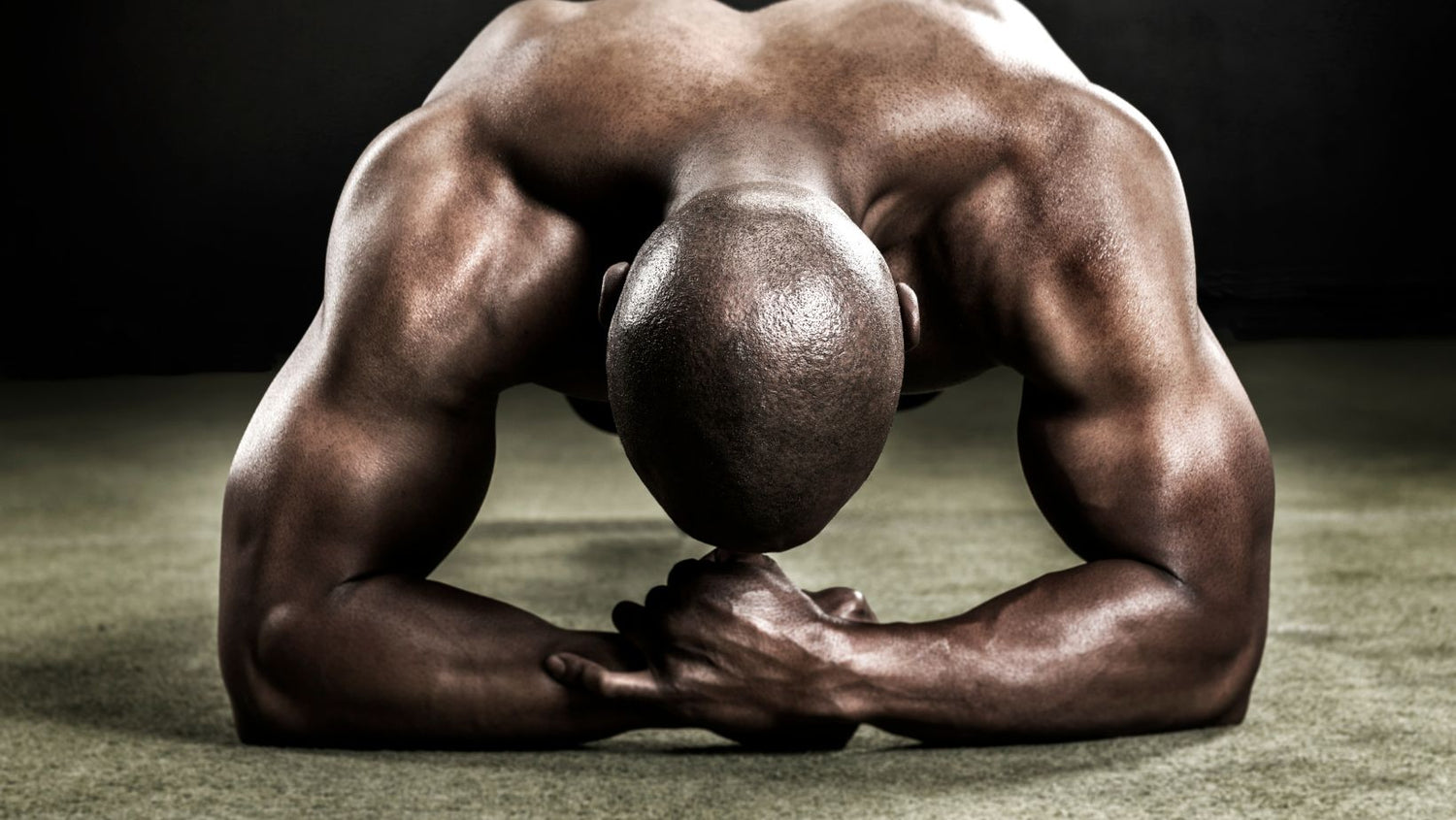For those in search of an intense yet effective workout targeting their leg muscles and gluteal region, the Kang squat emerges as an excellent choice. This particular exercise pertains to bodyweight training that synergistically involves elements of both good morning routines and back squats. Rising to fame for his role in popularizing this technique is none other than Shin-Ho Kang - recognized as an extraordinary weightlifting coach.
Executing the Kang squat flawlessly demands heightened mindfulness coupled with utmost body awareness. Primarily focusing on crucial muscle groups like the back muscles along with one's glutes and hamstrings predominantly utilized during squats - it empowers one's lower extremities extensively. Furthermore, practicing the Kang squat regularly enhances overall mobility while fostering stability and improving posture effectively.
Within this post, we will elaborate upon fundamental factors regarding performing correct form during a Kang squat whilst highlighting its numerous benefits alongside diverse variations available for experimentation purposes.
What is the Kang Squat and How Does It Work?
The Kang squat is a hybrid exercise that involves performing a good morning followed by a back squat with a pause at the bottom. A good morning is an exercise that targets your back, glutes, and hamstrings by hinging at your hips and lowering your upper body toward the floor. A back squat is an exercise that targets your quads, glutes, and hamstrings by bending your knees and lowering your hips toward the floor.
The Kang squat works by creating tension in your lower body muscles as they contract and relax to move your body. The good morning part of the exercise emphasizes your posterior chain, which includes your back, glutes, and hamstrings. The back squat part of the exercise emphasizes your anterior chain, which includes your quads and hip flexors.
The Kang squat also works other muscles in your lower body and core, such as:
- The abductors (gluteus medius, gluteus minimus, tensor fascia latae), which are located on the outside of your hips and thighs and help lift your legs out to the sides
- The adductors (adductor magnus, adductor longus, adductor brevis, gracilis), which are located on the inside of your thighs and help bring your legs together
- The calves (gastrocnemius, soleus), which are located on the back of your lower legs and help plantar flex your ankles
- The core (rectus abdominis, obliques, transverse abdominis), which are located around your midsection and help stabilize your spine and pelvis
How to Do the Kang Squat Properly: Step-by-Step Instructions
To do the Kang squat properly, you need to follow these steps:
Step 1: Stand with your feet shoulder-width apart and toes pointing slightly out. Place your hands behind your head or cross them over your chest. Keep your chest up, shoulders back, and core tight.
Step 2: Inhale and hinge at your hips to push them back as far as you can. Keep your back straight and knees slightly bent. Lower your upper body until it is almost parallel to the floor or as low as you can comfortably go.
Step 3: Exhale and bend your knees to lower your hips toward the floor. Keep pushing your hips back and maintain a straight back. Lower yourself until your thighs are parallel to the floor or as low as you can comfortably go.
Step 4: Hold this position for a few seconds and feel the stretch in your hamstrings and glutes.
Step 5: Inhale and extend your knees to raise your hips up slightly. Keep pushing your hips back and maintain a straight back.
Step 6: Exhale and extend your hips to raise your upper body up to the starting position. Squeeze your glutes hard at the top of the movement.
Step 7: Repeat for as many reps as you can with good form.
Benefits of Doing Kang Squats
Doing Kang squats can offer many benefits for your fitness and health, such as:
- Building muscle mass and strength in your lower body muscles
- Improving your mobility and flexibility in your hips, knees, and ankles
- Enhancing your stability and balance in various positions
- Increasing your calorie burn and metabolism
- Improving your posture and preventing lower back pain
- Boosting your confidence and self-esteem
Tips and Techniques for Doing Kang Squats Effectively
To get the most out of Kang squats and avoid injury, here are some tips and techniques to keep in mind:
- Warm up properly before doing Kang squats. Do some dynamic stretches and mobility exercises for your lower body and core. You can also do some light sets of good mornings or back squats to activate your muscles and joints.
- Keep your body in a straight line throughout the movement. Don’t let your hips sag or your lower back arch. Engage your core muscles and squeeze your glutes to maintain a neutral spine and pelvis.
- Keep your head neutral and in line with your torso. Don’t look up or down. Focus on a spot on the floor in front of you or slightly ahead of you.
- Keep your shoulders down and back. Don’t let them shrug or round forward. Pull your shoulder blades together and down to create a stable base for your upper body.
- Keep your knees in line with your toes. Don’t let them cave in or flare out. Push your knees out slightly as you lower and raise your body.
- Control the tempo of the movement. Don’t bounce or jerk your body. Lower and raise yourself slowly and smoothly. Pause briefly at the bottom and top of the movement to eliminate momentum and increase tension.
- Breathe properly during the movement. Inhale as you lower yourself and exhale as you raise yourself. Don’t hold your breath or hyperventilate. Breathe deeply and rhythmically to supply oxygen to your muscles and prevent fatigue.
- Progress gradually and safely. Don’t try to do too many reps or sets at once. Start with a few reps and sets and increase them over time as you get stronger and more comfortable with the exercise. You can also increase the difficulty of the exercise by changing your hand position, leg position, or adding extra resistance.
Variations and Alternatives for Kang Squats
If you want to spice up your Kang squats or try something different, here are some variations and alternatives you can try:
- Kang Squat with Barbell: To make the exercise harder, you can hold a barbell on your upper back as you would for a back squat. This will increase the load on your lower body and challenge your strength and stability more.
- Kang Squat with Dumbbells: To make the exercise harder, you can hold a pair of dumbbells by your sides or on your shoulders as you would for a goblet squat. This will increase the load on your lower body and challenge your strength and stability more.
- Kang Squat with Band: To make the exercise harder, you can wrap a resistance band around your hips and anchor it to a low point behind you. This will create more tension on your glutes and hamstrings as you lower and raise your body.
- Kang Squat with Pause: To make the exercise harder, you can pause for longer at the bottom of the movement. This will increase the time under tension and the metabolic stress on your muscles, leading to more muscle growth and endurance.
- Kang Squat with Jump: To make the exercise more explosive, you can jump up at the top of the movement. This will increase the power and speed of your lower body and improve your athletic performance.
Conclusion
The Kang squat is a challenging and effective exercise that can help you blast your legs and glutes. It’s also a versatile exercise that can be done anywhere and anytime, as long as you have enough space to move.
To do the Kang squat properly, you need to follow these steps:
- Stand with your feet shoulder-width apart and toes pointing slightly out. Place your hands behind your head or cross them over your chest. Keep your chest up, shoulders back, and core tight.
- Inhale and hinge at your hips to push them back as far as you can. Keep your back straight and knees slightly bent. Lower your upper body until it is almost parallel to the floor or as low as you can comfortably go.
- Exhale and bend your knees to lower your hips toward the floor. Keep pushing your hips back and maintain a straight back. Lower yourself until your thighs are parallel to the floor or as low as you can comfortably go.
- Hold this position for a few seconds and feel the stretch in your hamstrings and glutes.
- Inhale and extend your knees to raise your hips up slightly. Keep pushing your hips back and maintain a straight back.
- Exhale and extend your hips to raise your upper body up to the starting position. Squeeze your glutes hard at the top of the movement.
- Repeat for as many reps as you can with good form.
Doing Kang squats can offer many benefits for your fitness and health, such as:
- Building muscle mass and strength in your lower body muscles
- Improving your mobility and flexibility in your hips, knees, and ankles
- Enhancing your stability and balance in various positions
- Increasing your calorie burn and metabolism
- Improving your posture and preventing lower back pain
- Boosting your confidence and self-esteem
To get the most out of Kang squats and avoid injury, here are some tips and techniques to keep in mind:
- Warm up properly before doing Kang squats. Do some dynamic stretches and mobility exercises for your lower body and core. You can also do some light sets of good mornings or back squats to activate your muscles and joints.
- Keep your body in a straight line throughout the movement. Don’t let your hips sag or your lower back arch. Engage your core muscles and squeeze your glutes to maintain a neutral spine and pelvis.
- Keep your head neutral and in line with your torso. Don’t look up or down. Focus on a spot on the floor in front of you or slightly ahead of you.
- Keep your shoulders down and back. Don’t let them shrug or round forward. Pull your shoulder blades together and down to create a stable base for your upper body.
- Keep your knees in line with your toes. Don’t let them cave in or flare out. Push your knees out slightly as you lower and raise your body.
- Control the tempo of the movement. Don’t bounce or jerk your body. Lower and raise yourself slowly and smoothly. Pause briefly at the bottom and top of the movement to eliminate momentum and increase tension.
- Breathe properly during the movement. Inhale as you lower yourself and exhale as you raise yourself. Don’t hold your breath or hyperventilate. Breathe deeply and rhythmically to supply oxygen to your muscles and prevent fatigue.
- Progress gradually and safely. Don’t try to do too many reps or sets at once. Start with a few reps and sets and increase them over time as you get stronger and more comfortable with the exercise. You can also increase the difficulty of the exercise by changing your hand position, leg position, or adding extra resistance.






